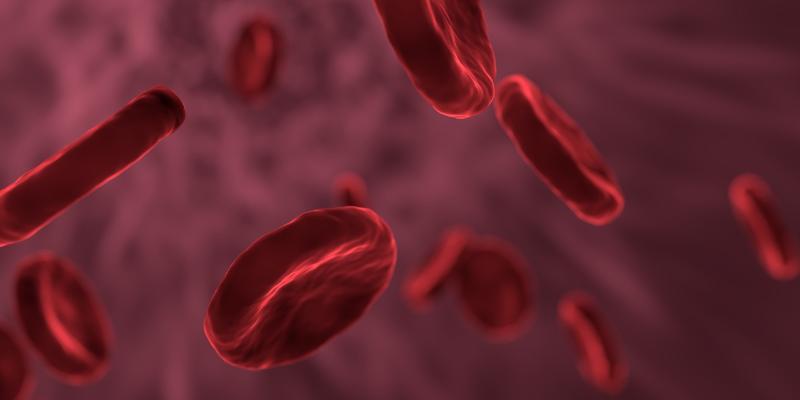People with kidney failure can take advantage of dialysis therapy in one of approximately 300 dialysis units operating in Poland. Most of these establishments provide health care services under a contract with the National Health Fund (NFZ).
Dialysis therapy is a treatment which replaces the functions of the kidneys in the event of their temporary or permanent failure. The current treatment methods include haemodialysis and peritoneal dialysis.
Dialysis therapy is a long process, which often lasts for life, unless a kidney transplant is performed. There are more than ten thousand people still alive in Poland thanks to dialyses.
Dialysis therapy, i.e. blood purification
Haemodialysis (extracorporeal dialysis) is based on passing the patient’s blood through a dialysis machine, which separates the toxic metabolism products from the blood (the blood returns to the patient, while the toxins stay in the machine). This procedure is only conducted in dialysis units and in certain hospitals.
In contrast, peritoneal dialysis is a form of treatment which is conducted at home by the patient and is also referred to as home dialysis.
This method uses the peritoneum membrane, which lines the inside of the abdominal cavity as a semi-permeable dialysis membrane. This membrane has small openings, which act as filters. Thanks to this, the harmful metabolism products can be removed from the organism.
This requires a specially prepared dialysis fluid to be entered into the abdominal cavity, which in turn requires permanent access through a catheter, which allows free injection and drainage of the fluid from the peritoneum.
Haemodialysis only in dialysis units
Haemodialysis procedures are only performed in dialysis units, which establish the procedure plan for the patient. The procedures are usually performed three times a week, and each one lasts approximately five hours.
In the event of a temporary stay outside of their residence, the patients may receive dialysis in any other dialysis unit. However, this is conditioned by prior contact with the selected dialysis unit and arrangement if said unit will admit the patient, as well establishment of the dates and schedules of the dialyses.
By signing a dialysis therapy contract with the National Health Fund, a dialysis unit also undertakes to provide the patient with transport to the unit and back, regardless of the patient’s condition.
How to become a patient of a dialysis unit
The qualification for treatment is performed in a dialysis unit, to which the patient is referred by a secondary or primary care physician.
In the event of lengthy treatment, the patient undergoes a procedure of creating an arteriovenous fistula, which is a connection between the artery and the vain, allowing the blood to flow from the artery to the vain. A vain prepared in this manner can be punctured multiple times.
A dialysis centre also performs diagnostics necessary for the treatment process, including assessment for a potential kidney transplant.









Comments (0)